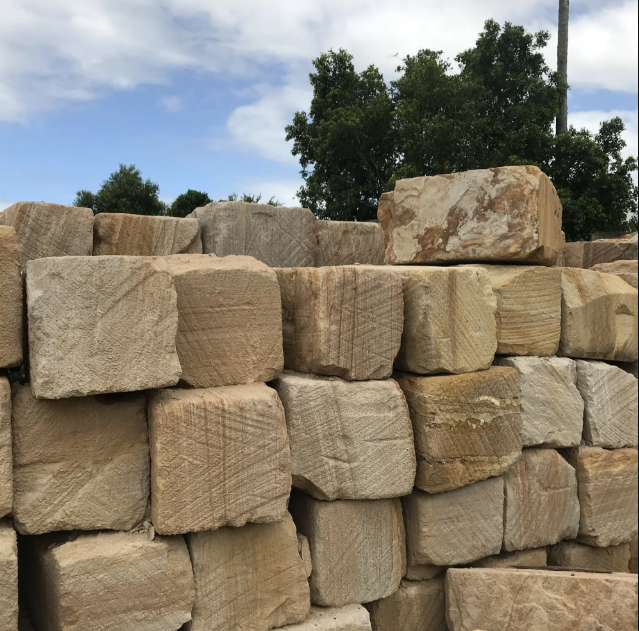Sandstone, also known as a sedimentary rock, is a common natural stone formed through the long-term compaction of sand grains and other minerals. Its main components are quartz (60–70%), feldspar (10–15%), and other minerals, combined with different types of cementing materials: silica (SiO₂), calcium carbonate (CaCO₃), or iron oxide (Fe₂O₃). These cementing materials determine the sandstone’s durability, porosity, and color. The cement in sandstone does not simultaneously contain all three—silica, calcium, and iron oxide—but usually consists predominantly of one type, sometimes combined with a small amount of another.
Siliceous sandstone (cemented with silica):
-
The most durable, with low water absorption.
-
Typically light in color (gray, white).
Calcareous sandstone (cemented with calcium carbonate):
-
Easily dissolved and weathered in acidic rainwater environments.
-
Light in color, slightly beige.
Ferruginous sandstone (cemented with iron oxide):
-
Characteristic red, brown, or yellow colors.
-
Medium durability, more water-absorbent than silica-cemented sandstone.
In Vietnam, there are also geological layers containing sandstone in the Central and Northern regions. However, the quality of these sandstone layers is often inconsistent, soft, and easily broken. Therefore, most sandstone slabs used in Vietnam are imported from India, China, and Australia.


 en
en
 Tiếng việt
Tiếng việt
 English
English
